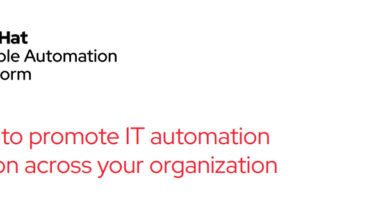Investing in an eTMF?

The eClinical revolution has provided a host of electronic solutions to reduce paper usage and increase efficiency in clinical trials.
Electronic Data Capture (EDC), electronic Patient-Reported Outcomes (ePRO), electronic Clinical Outcome Assessment (eCOA), and other technologies all have specialized uses in the collection and management of clinical data. But it’s the electronic Trial Master File (eTMF) that ultimately serves as the central data repository across your trial’s life cycle.
Clinical trials are complex undertakings, with many junctions in which even a small misstep can compromise your data integrity, compliance, or timeline. The best eTMFs are those that don’t simply provide electronic alternatives to paper-based processes, but also the functionality to make sure data collection is easy, data security is formidable, and audit trails are ready when regulators need to examine them. This is especially – but not exclusively – true for life science professionals coming into their first hands-on role in a clinical trial.
The success of your trial, then, may well be determined by two factors:
01. Choosing the right eTMF
02. Understanding how each stakeholder will use the system
This guide will explore the differences between traditional and cutting-edge eTMF technology, and share best practices for getting the most out of your eTMF.



